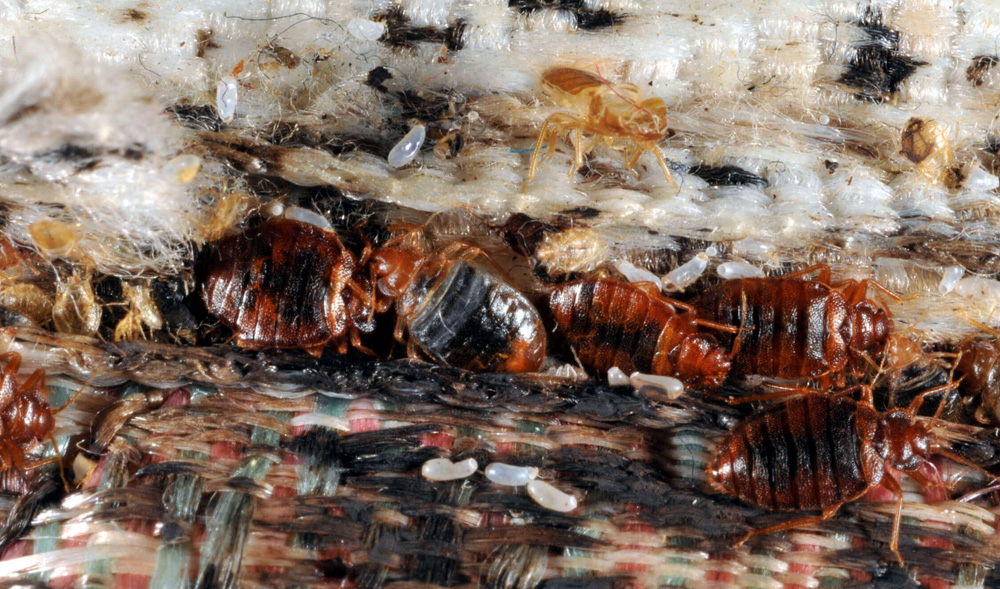The unwelcome presence of bed bugs in homes continues to be a growing concern for many.
Understanding the factors that attract these nocturnal pests is essential in developing strategies to prevent infestations.
While bed bugs do not discriminate based on cleanliness, certain conditions and behaviors can make your home more enticing to these resilient insects.
Warmth and Carbon Dioxide
Bed bugs are attracted to warmth and carbon dioxide, both of which are byproducts of human activity. When we sleep, our bodies naturally emit heat, and we exhale carbon dioxide. These cues signal to bed bugs that a potential blood meal is nearby.
The warmth and exhaled carbon dioxide guide these pests to their hosts during the night, making bedrooms and sleeping areas primary targets for infestation.
Clutter and Hiding Spots
Clutter provides the perfect hiding spots for bed bugs, allowing them to remain undetected and secure. Piles of clothes, stacks of newspapers, and any other items scattered around the room offer convenient harborages for these pests.
By reducing clutter, you eliminate hiding spots and make it more challenging for bed bugs to establish a presence.
Used Furniture and Secondhand Items
Bringing used furniture or secondhand items into your home without proper inspection is a common way bed bugs hitchhike their way in. These pests can hide in the seams and crevices of furniture, waiting for an opportunity to infest a new environment.
Thoroughly inspect any secondhand items before introducing them into your living space to avoid unknowingly introducing bed bugs.
Frequent Travel
Bed bugs are notorious for their ability to travel, often latching onto luggage and clothing. Individuals who frequently travel, whether for business or leisure, are at a higher risk of encountering bed bugs.
Hotels, motels, and other accommodations can serve as potential sources of infestation. Upon returning home, it’s advisable to inspect luggage and wash clothing promptly to prevent any unwanted stowaways.
Lack of Regular Cleaning
While bed bugs do not thrive in dirty environments, a lack of regular cleaning can create hiding spots and make it easier for infestations to go unnoticed. Dust and debris provide additional cover for these pests, allowing them to remain undetected for more extended periods.
Regular vacuuming, dusting, and laundering of bedding can help reduce the likelihood of bed bug infestations.
Pets and Their Bedding
While bed bugs prefer to feed on humans, they may also bite pets if no alternative is available. Bed bugs can hide in pet bedding, using it as a bridge to access their preferred hosts.
Regularly washing and inspecting pet bedding, as well as keeping sleeping areas clean, can help mitigate the risk of bed bug infestations associated with pets.
Close Proximity to Infested Areas
Living in close proximity to areas with known bed bug infestations increases the likelihood of these pests finding their way into your home. Shared living spaces, apartment buildings, and even public transportation can serve as conduits for bed bugs.
Vigilance and preventive measures become even more critical in such situations.

